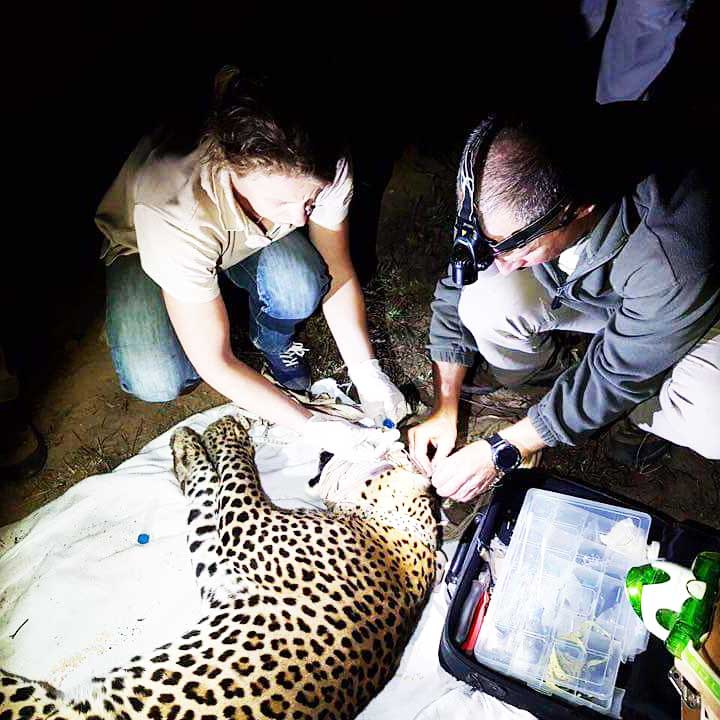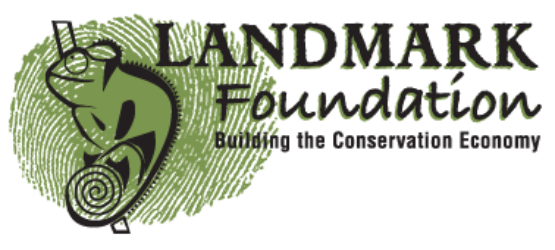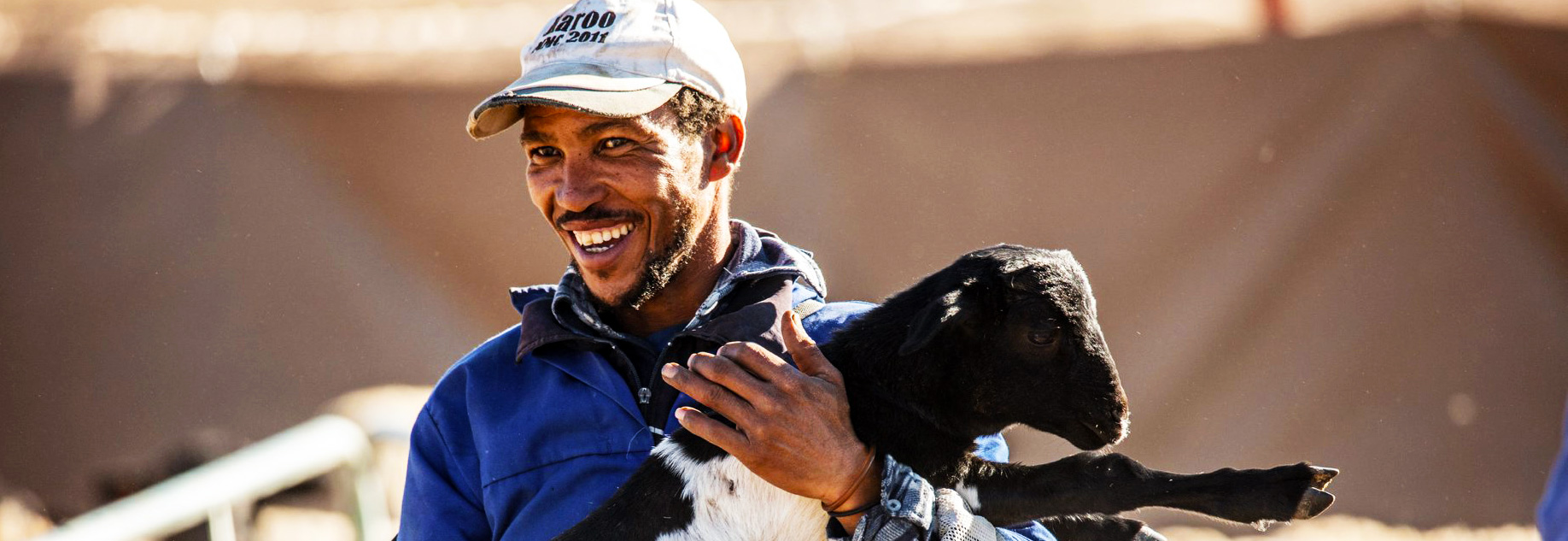
WATER AND WETLAND CONSERVATION
Wetland, Riparian and Landscape Restoration and Rewilding
View of the rehabilitated wetlands
Vette-Korente River Restoration Project – Western Cape
Like many river courses and riparian zones in South Africa, the Vette-Korente river (near Riversdale, Western Cape) was chocked up by dense alien forests which resulted in the area hosting very low biodiversity, with little sign of functioning natural ecosystem patterns. Most of those habitats were destroyed and converted to cattle pasture or croplands. The river was canalized in most places and today water extraction continues 24/7 to water kikuyu pastures for the dairy industry on farms around Riversdale. The rivers were overrun by infestations of Australian Black Wattle (Acacia mearnsii) Rooikrans (A. cyclops) and Port Jackson Willow (A. saligna) (not to mention Scottish Thistle, Castor Oil and Prickly Pear).
Historically, megafauna would have prevailed here, such as elephants, rhinos, hippos, lions, hyena, leopards, etc. They no longer do, nor does the full historical diversity of smaller fauna and indigenous flora. This is deeply regrettable! The habitat was probably dominated by riparian wetlands and forest patches with Renosterveld Fynbos on elevated plains.
The area seemed unfixable. But in 2009, the Smuts family gained custodianship of the Zeekoegat farm and Landmark Foundation relocated to set up its headquarters at the farm. The original land titles were created in the 1730s at the time of the Dutch East Indian Company reign at the Cape. The Smuts family set out to restore the landscape and Landmark Foundation partnered in this endeavour.
In 2012, the project focussed on eradicating the dense alien forests to promote indigenous species of palmiet (Prionium serratum) to return and establish the historical wetland that had since been drained due to the alien trees.
By 2016 the majority of wattles were completely removed. The Palmiet wetlands were remnant in a few places but were deprived of water and sunlight by the wattle canopy, canalization and lowered water-table. Habitats were severely degraded by agricultural activity, but a few remnants semi-natural areas remained. The restoration efforts tried to work with these remnants. and annual follow ups were repeated (this continues to date), and steadily the indigenous species re-established. We also follow-up rehabilitation and monitoring of the faunal species throughout the wetland restoration.
In 2020, the donga erosion was addressed using cattle to shape the erosion galleys and have been able to raise, cumulatively, the water table by 8 m along the badly eroded riverbanks.
Over the years, much had been done privately to restore and maintain the magnificent Cape Dutch architecture on the farm (the main structures dating from the late 1700s and early 1800s), but some had fallen into a severe state of dereliction.
Overall, the effort focused on restoring the natural ecosystem patterns and processes by rewilding the landscape and the rejuvenation of the built heritage on the property. The integrity of the heritage, led by the natural environment, was a prerequisite to regenerate. The process is almost 12 years into process of rewilding the landscape and restoring the built infrastructure. 99% of the invasive plant species have been cleared, although the follow-up continues every three months. The wetland and Palmiet have started rebounding and riparian vegetation has responded magnificently. What has been astounding is the faunal response. Recent detection of an Aardvark, a keystone species, being recorded for the first time and many species returning over the last decade is testament to the success of the effort.
A self-sustaining, resilient natural landscape where trophic relationships are Restored, is the project’s objective, even though megafauna and top carnivores may be out of reach, at least for now. Although we had hoped for wider uptake across the landscape, it appears there is little appetite among landowners focussed on maximizing agricultural production. For initiatives like ours to succeed on a wider scale, collaboration across a myriad landholdings is needed to connect habitats that support species. This collaboration and connectivity is critical in restoring ecological patterns and processes. Our efforts should be seen as establishment of a core area this rewilding project can broaden in the future. Our philosophical and ecological reference points may be beyond our realistic reach in the foreseeable future, but we continue in the hope that our example will have an effect on the farming community of the district and ultimately lead to uptake of the rewilding philosophy and practice.
The restoration effort is done with an appreciation of the intrinsic value of heritage. It is driven by a desire to be part of a transformative solution to coexistence with Nature, and leaving this place better than we found it. It can now be used as a learning site for others attempting land restorations and rewilding.
This is now a learning site where heritage restoration (built and ecological) was to be showcased as the ethos of Landmark Foundation. Landmark Foundation focused on supporting the ecological restoration. The property was not ideal for farming, although about 60 cattle are run on it by a partner. However, the property presented itself as an ideal location to showcase extraordinary cultural, historic and natural assets.
Umzi Wentaba Project – Great Fish River Valley
The project area is in the Great Fish River Catchment, in the Eastern Cape, South Africa. The study area is currently under agricultural land-use. The project, managed by the Landmark Foundation, investigated the feasibility of converting the land-use of the privately owned land in the area to a tourism- and game-based economy. The ultimate objective of the project was to align the land-use of a further 45 000 hectares with conservation. This project aimed to conserve the bio-diversity patterns and processes of this unique region. It is believed that this land-use change has the best potential for the socio-economic upliftment of the people of the region. Community empowerment and development of community equity in the business will be a central objective of this project.
This area could become the gateway to the magnificent Great Fish River Reserve, an area that has not been developed to its true potential for tourism (and a reserve that houses more than 100 endangered black rhinos). It is the closest access point of the reserve to the enormous potential tourism market of the Eastern Cape. Its spectacular beauty and enormous tourism potential is well recognised. The area can cater for the full tourism spectrum, inclusive of the “Big Five” experience.
The project was completed through to the pre-feasibility stage. It was funded by MercyTech and ECDC.
From Annual Report
This is a rewilding project that is into its fourteenth year of rehabilitation. This past year we had to deal with three massive floods of which two were 1:100-year floods. The results have been very rewarding and encouraging, but yearly new challenges emerge as we continue this rewilding journey.
Our focus in the last year had been on alien clearing follow-ups, but with the last floods there was some gabion wear damage that will need to be repaired.
We continue to monitor the faunal response to the rewilding.
Like many river courses and riparian zones in South Africa, the Vette-Korente river (near Riversdale, Western Cape) was chocked up by dense alien forests which resulted in the area hosting very low biodiversity, with little sign of functioning natural ecosystem patterns. Most of those habitats were destroyed and converted to cattle pasture or croplands. The river was canalized in most places and today water extraction continues 24/7 to water kikuyu pastures for the dairy industry on farms around Riversdale. The rivers were overrun by infestations of Australian Black Wattle (Acacia mearnsii) Rooikrans (A. cyclops) and Port Jackson Willow (A. saligna) (not to mention Scottish Thistle, Castor Oil and Prickly Pear).
Astounding recovery of the Palmiet Wetlands
Massive soil erosion caused by Wattle infestation on neighbour’s property was repaired and mitigated in late 2022.
Since 2012, the project focussed on eradicating the dense alien forests to promote indigenous species of palmiet (Prionium serratum) to return and establish the historical wetland that had since been drained due to the alien trees. By 2016 the majority of wattles were completely removed. Follow-up clearing of regrowth is undertaken on a 3 monthly basis to keep the area cleared of alien plant regrowth. The Palmiet wetlands were remnant in a few places but were deprived of water and sunlight by the wattle canopy, canalization and lowered water-table. Habitats were severely degraded by agricultural activity, but a few remnants semi-natural areas remained. The restoration efforts tried to work with these remnants. and annual alien plant clearing follow-ups were repeated (this continues to date), and steadily the indigenous species re-established. We also follow-up rehabilitation and monitoring of the faunal species throughout the wetland restoration. Since 2020, the donga erosion was addressed using cattle to shape the erosion galleys and have been able to raise, cumulatively, the water table by 8 m along the badly eroded riverbanks.
In the past year we had an alarming situation where the neighbouring landowner, being the state, illegally canalised a wetland and this after making illegal pastures in the floodplain. We tried to engage the neighbour to no effect and then reported the action to the authorities. 5 months later nothing has been done about it.
Illegal canalisation taking place in the wetland flood plain.
Canalised river with the new illegally established lands.
The year also saw three floods rip through the area and we had significant damage to the gabion structures. These will need repairs in the next few months. However, the wetlands continue to function and we will continue to support the rewilding despite these challenges.
September 2023 flood.
Despite the gabion damage the wetlands still functions well.
Overall, the Landmark Foundation effort focuses on restoring the natural ecosystem patterns and processes by rewilding the landscape on along the river course and adjacent land, and the rejuvenation of the built heritage on the property has been undertaken privately. We continue with this work and our long-term vision is to establish this site as a learning site for rewilding.
We observed the first leopard in the valley floor about 4 km from Zeekoegat, which follows the Serval spotted in late 2022.
A self-sustaining, resilient natural landscape where trophic relationships are restored, is the project’s objective, even though megafauna and top carnivores may be out of reach, at least for now. Although we had hoped for wider uptake across the landscape, it appears there is little appetite among landowners focussed on maximizing agricultural production. For initiatives like ours to succeed on a wider scale, collaboration across a myriad landholding is needed to connect habitats that support species. This collaboration and connectivity are critical in restoring ecological patterns and processes. Our efforts should be seen as establishment of a core area this rewilding project can broaden in the future.
This is now a learning site where heritage restoration (built and ecological) is showcased as the ethos of Landmark Foundation. Landmark Foundation focused on supporting the ecological restoration. The property was not ideal for farming, although about 60 cattle are run on it by a partner. However, the property presented itself as an ideal location to showcase extraordinary cultural, historic and natural assets.
Shepherding Back Biodiversity Project
This project was implemented between December 2014 and July 2021. The project was prematurely interrupted and subsequently destroyed. It is currently subject to a damages claim against erstwhile partners, being Timothy Allsop, Tamarisk Trust and Kromelboog Conservation Services PTY Ltd.
We are still working toward a redress of the damages suffered by the termination of this project.
Our focus is on ecologically regenerative management of production landscapes and we have long wanted to implement an alternative livestock husbandry model that addresses overgrazing, desertification and negative biodiversity impacts and excludes lethal predator control. To this end we developed a learning site in the Greater Karoo. Kromelboog was a productive livestock farm of 24 000 contiguous hectares near Beaufort West. In partnership with the National Department of Environmental Affairs, the UNEP, and funded by the Global Environmental Facility (GEF) and the Development Bank of South Africa’s Green Fund as major funders, and a local landowner, Landmark Foundation set out to implement the Shepherding Back Biodiversity Project in 2014. This project was interrupted with the repudiation of the access agreement and is now subject to a damages claim.
This project reintroduced human herding in commercial agriculture and the related green employment (environmentally friendly employment through herding). It developed a monitoring and evaluation programme and a brand providing payment for ecosystem services (Fair Game Wildlife-Friendly Products) and piloted them on commercial rangeland livestock farms. Fair Game is an audited, accredited certification scheme that warrants ethical land use incorporating biodiversity, welfare and socially responsible practices. It has set out to demonstrate that rearing livestock in the presence of predators is not only possible, but more successful when the focus is on correct grazing regimes and monitoring biodiversity. Fair Game follows fundamental principles to produce ethically reared, wildlife-friendly, rangeland lamb and beef, while simultaneously restoring vegetation and fostering biodiversity. The management experiment was to be conducted over a 25-year period.
24/7 human herding and livestock management.
The project has trained shepherds and employed them full-time to manage sheep flocks and cattle herds. This is a husbandry approach that mitigates stock losses from predation (mainly by Black-backed Jackal and Caracal). The programme used the traditional knowledge of the herders and their communities, recruiting them as additional custodians of our environment. The project focused on ethical care of the environment, the livestock and the human capital invested in the project.
Using shepherds and kraaling at night for 48 months, despite a severe regional drought, the livestock increased from 1000 ewes to 2600 sheep and from 170 to 440 head of cattle. Within this period there were no recorded stock losses attributed to predators, meaning human/wildlife/predator conflict was effectively eliminated. Despite the harsh drought, we never required supplementary feeding.
A biodiversity consequence of non-lethal predator management and husbandry using shepherds has been that free-roaming predators have established territories on the Fair Game farms and hunt their natural prey species without targeting livestock. Wildlife coexists with livestock and, where possible, fences have been removed to allow migration. An additional management and flock-health benefit of shepherding is a daily audit and monitoring of livestock, which permits early diagnosis of injury and disease. These can be attended to before becoming life-threatening or endemic, resulting in an increase in overall livestock health.
Transitioning from baseline carrying capacity stocking rates to veld condition evaluation, shepherding allows high-density, short-duration grazing. Remaining with the livestock, shepherds constantly evaluate the condition of the veld and manage the density and duration of grazing. The benefits of the shepherding programme to the veld have been twofold: it prevents veld degradation and increases drought resistance. This has allowed the Fair Game farms to not only increase their livestock numbers during the drought but also to sell lambs and cattle to the meat industry at premium standards of fat grading without feed supplementation. The project produced important results that have been published in peer-reviewed scientific journals, inclusive demonstration of an increase of mammalian species diversity by 24% in the establishment period, improved land cover and a 2.6-fold increase in livestock numbers.
This project was an internationally significant project that has now been destroyed as a result of the joint-venture repudiation. We continue to try to get redress on it and pursue our damages claim. We also continue to publish the results of the project.
Latest News
CONTACT US
Jeannine 0833243344
Bool 0845924099
E-Mail:
jeannine@landmarkfoundation.org.za
Find us on Facebook
Find us on Instagram
Follow us on X (Twitter)










